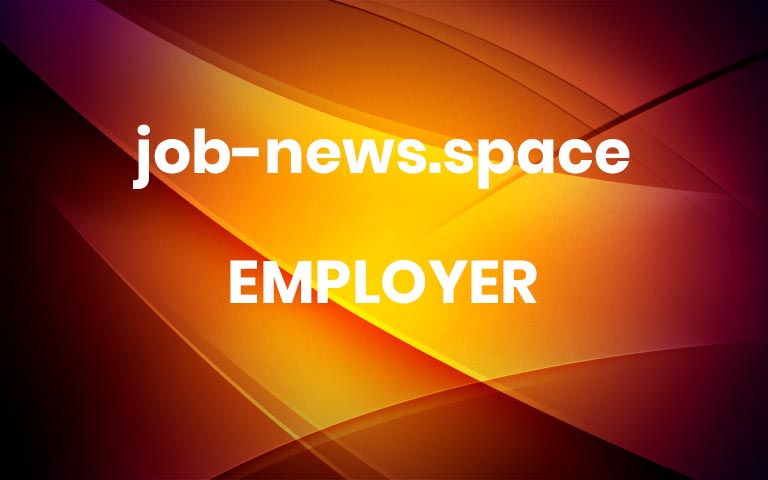Ageism in Recruitment: Why We Need to Change the Way We Think
While both older and younger generations have suffered the effects of ageism in the workplace, those that sit within older age groups seem to have borne the brunt of this harmful way of thinking in recent years.
The ageism trend has only been accelerated by the repercussions of Covid-19. After the pandemic, Baby Boomers and a significant portion of Gen X took early retirement, deciding against returning to full-time work due to the shortage of opportunities available to them.
With individuals over 50 leaving work due to lack of support having been identified as the biggest cause for labour shortage across the UK, ageism has the potential to have a detrimental impact that extends far beyond the damage to individuals and businesses.
The issues with recruitment in the UK
Hiring managers’ bias towards employing older individuals has been known to be one of the main causes of ageism within recruitment, and with only 24% of HR leaders between the ages of 25 and 30 saying they felt motivated to recruit workers in the 55 to 75 age category, younger generations’ preconceptions seem to be one of the main problems.
The new generations’ bias is causing them to miss out on the plethora of benefits that working hand-in-hand with people of different ages can have, but also contributing to existing issues within the recruitment industry.
The recruitment crisis is still rampant in the UK, as the number of unfilled positions has risen to a new record of 1,300,000 between March and May 2022, up from 1.295,000 in the February and April quarter.
And retention is a problem too, with figures revealing that around 994,000 individuals moved jobs between January and March 2022 in the UK. This shows that businesses are not putting enough effort into retaining their workforce, making them feel valued and presenting them with a path for future progression.
Additionally, if we are only willing to offer employment to the younger generations, older age groups will naturally feel there are no longer any opportunities available to them, opting for early retirement instead, which is likely to cause the recruitment crisis to become worse in the next few years.
Why are current recruitment practices not working?
The implications of ageist hiring practices are multi-faceted, but their effects have undoubtedly been felt by many job seekers within older age groups.
A research project investigating ageism in recruitment in the UK revealed that around 30% of individuals between the ages of 50 and 69 felt the application process itself put them at a disadvantage because of their age, while around 23% of those who participated said that it is the way that job adverts are written and marketed that is particularly problematic.
These findings provide interesting food for thought for recruiters: biased screening processes and job descriptions could easily put off certain individuals from applying for a job, causing businesses to lose a potentially perfect candidate. For instance, hiring processes that are entirely digital or that require the use technology older individuals may not be familiar with would naturally penalise older applicants.
Evaluating the efficacy of their recruitment practices should be the first step for hiring managers and talent acquisition teams, particularly establishing whether these include any elements or processes that would ostracise certain individuals.
What’s the answer?
If an organisation has built teams predominantly comprising younger individuals, they should consider asking themselves whether they have – consciously or subconsciously – avoided hiring those within older age groups, and why.
While having three or four different generations within the workplace may potentially lead to some minor generational clashes, it also has the potential to be beneficial for all age groups, which is why businesses should empower individuals of different ages to work together.
This should involve utilising behavioural science to identify key traits in individuals to establish whether they will be able to work well together, regardless of age. Knowing exactly how workers collaborate with other individuals, manage stress or react to change are all factors that can help hiring managers make the right decisions and avoid age bias.
Hiring managers should first and foremost establish what individuals’ abilities are, how they behave in different situations and what sets them in motion. While there is no one answer for every business, our focus should be on making hiring practices as inclusive as possible, which starts with making decisions based on data and focusing on skills and qualities that truly matter.
Ultimately, biased hiring practices are exacerbating the labour shortage and causing businesses to miss out on a huge portion of talented workers capable of really making a difference.
By David Bernard, founder and CEO of behavioural assessment firm AssessFirst.
Share this post: More



